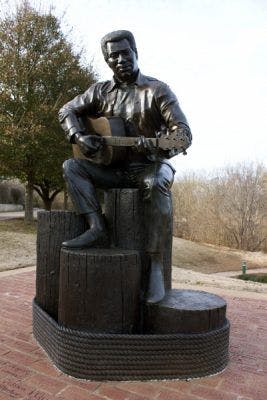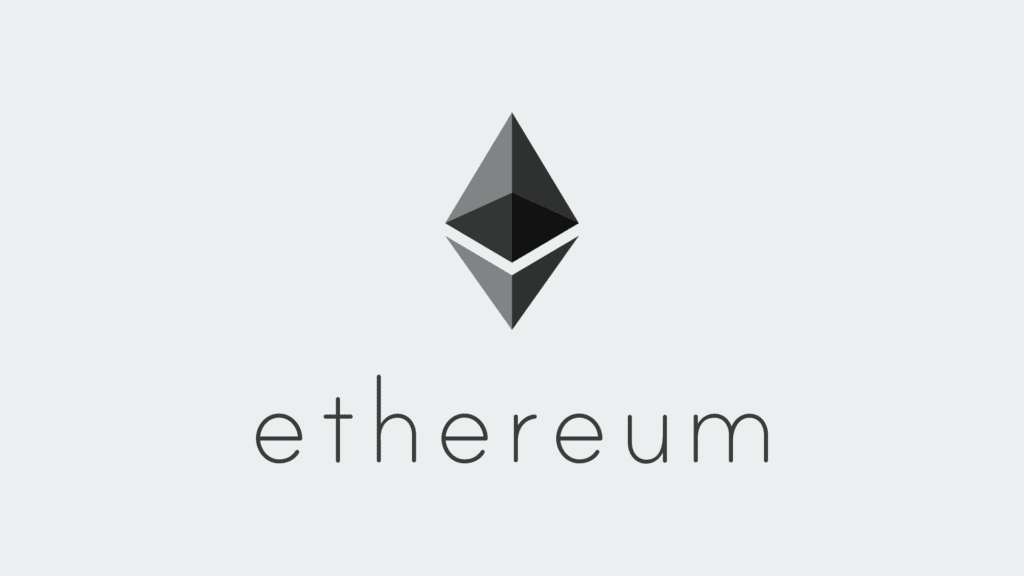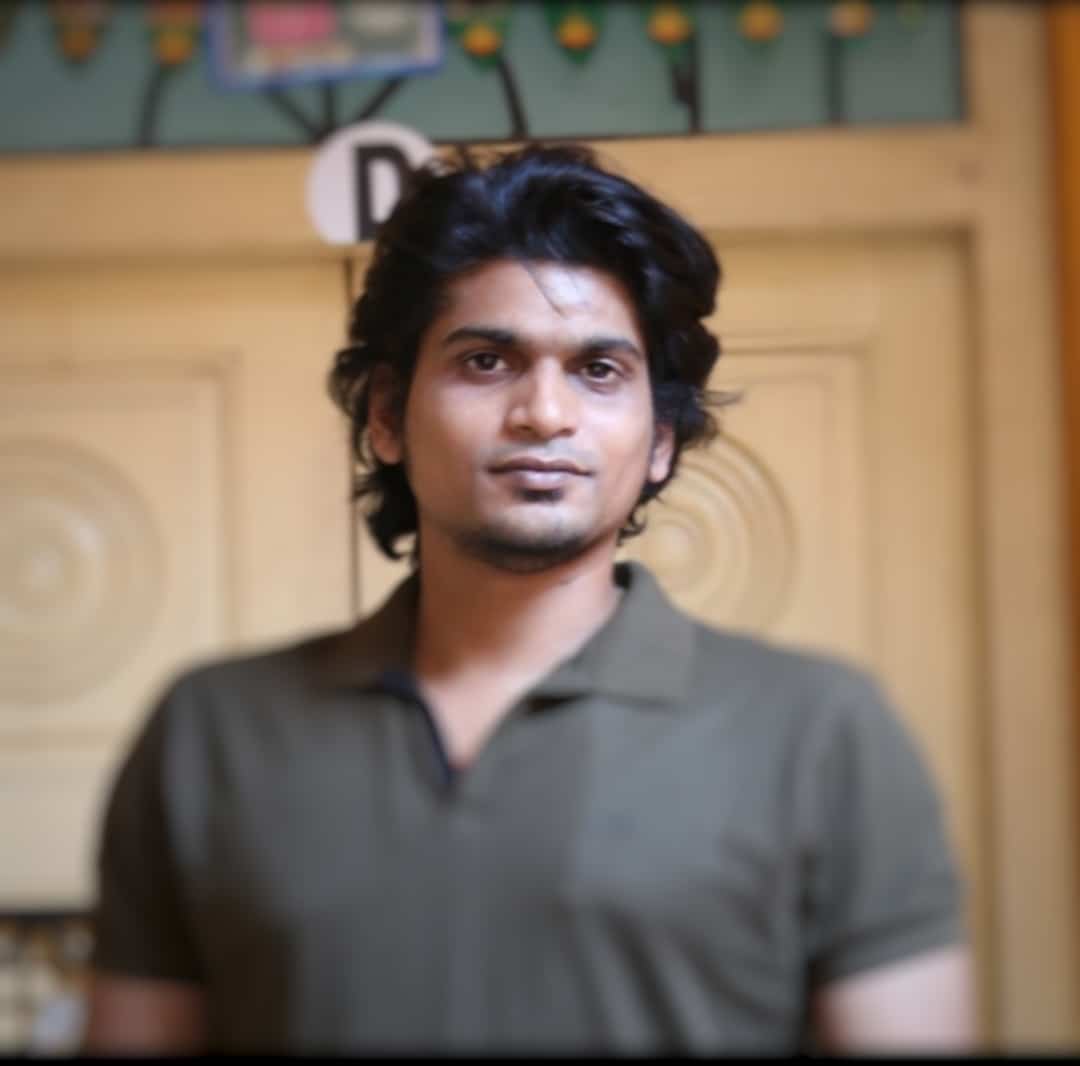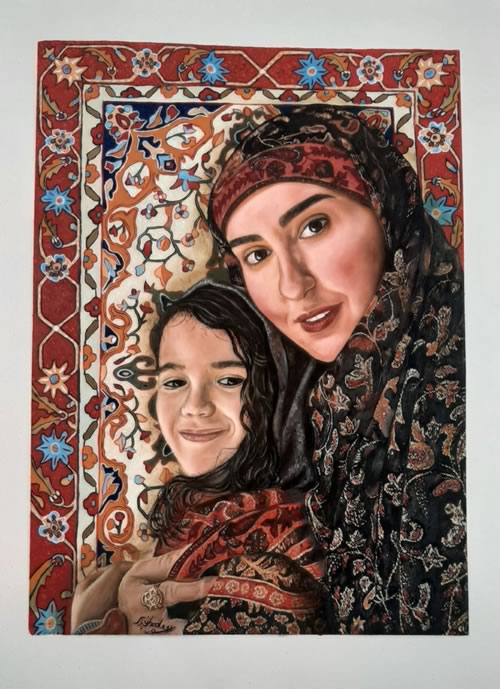Now that cryptocurrency in general has crashed and the crypto NFT craze of 2021 has subsided, artists should still consider creating NFT art without crypto.
Keeping in mind that the value of art is in the art, not in the reference to it, the term “NFT Art” is a little misleading. Whether we’re talking about a crypto NFT or a more advanced physical NFT such as an Etching, the NFT is simply a transferrable record. It isn’t the art.
So when we say “create NFT art,” we really mean “create art and connect an NFT.” You can also create an NFT of a piece that was created long ago.
Cities and municipalities via arts alliances and others tasked with managing public art are now creating physical NFTs of the statues, murals, and other installations on display within their jurisdiction.
In this article, we’ll explain how you can easily create NFT art using Etchings without touching cryptocurrency yourself or forcing your art collectors to deal with it either.

Is It Necessary to Use Cryptocurrency when Creating NFT Art?
If you read the popular press in 2021 when speculators and fraudsters were driving up the price of NFTs before the crash, they were almost always talking about NFTs tied to cryptocurrency blockchains.
Ethereum was the most popularly referenced crypto for “minting” NFTs and the cost for artists and the environment was exorbitant. Ethereum has since cleaned up its environmental impact substantially but no one has addressed the fundamental problems with crypto NFTs.
If you’re strictly a digital artist, you can still mint NFTs with platforms like OpenSea, which have had to lay off substantial portions of their workforces but the value of doing so is not really there without the speculators interested in buying them.

Even if you’re selling art for prices that are aligned with the value of the actual art, if you try to transfer a crypto NFT for your own long-term benefit, you’ll likely face the same resistance that Lenin from Wooden Mantra encountered from his collectors: “When asked to create a crypto wallet to transfer certifications for proof of ownership, most of our collectors/buyers were not aware of how crypto NFTs work and were reluctant to get involved with cryptocurrency.”
Thankfully, artists like Lenin and his clan have a crypto NFT alternative in Etchings. Etchings are free to create and transfer and anyone with an email address can hold them without touching crypto or making a mess of their tax filings.
How to Create Your First NFT Art without Crypto
So if you don’t need to a crypto wallet to create Etchings, how do you do it?
ETChster is built on its own ledger called The Encyclopedia of Objects. Unlike Ethereum and other crypto approaches to NFT, Etchings were designed as physical NFTS way back in 2018.
Artists or art collectors that want to create a record of ownership and capture the story of a great piece of art can do it with a free account.
Within the app, which is free for users holding up to 100 Etchings at a time, you simply hit the + icon to start a new Etching. The Etching creation wizard walks you through adding a title, description, photos, and other optional fields that are permanently recorded in The Encyclopedia of Objects.
Each Etching automatically creates an ETC#. They are sequential. Once you’ve created the Etching, you simply paint, carve or otherwise permanently add it to your work of art. For an additional layer of security, we recommend using as secondary photo slot to take a picture of the ETC# on the object.

Now you have NFT art that references its own non-crypto NFT. With crypto NFTs, a JPG, PNG or MP4 file somewhere on a server holds the art, and that file has no reference to the NFT. As you can imagine, crypto NFTs quickly crashed because infinite NFTs could be minted pointing at the same piece of art, which could also be easily reproduced infinite times.
What to Keep in Mind when Creating Non-Crypto NFT Art
So you’re creating NFT art for free with the ultimate goal of helping grow your art business. Now that the NFT market has crashed, what’s the point of using NFTs?
You should use physical NFTs for their original intention: to establish ownership, authenticity, and provenance. With Etchings and The Encyclopedia of Objects, the further goal was to delight the art collector who receives your art and make it easier for them to talk about you and refer you to their friends.
So if we learned to Don Thompson’s “The $12Million Stuffed Shark” that much of the value of collectible fine art is in its story, you need to be sure each Etching tells each piece’s story.
If you’re an artist, take the time to write the story of each piece before the piece makes its way into someone else’s hands. Think about passing Etchings as sort of like you’re a baseball team and you want your fans to have a baseball card with all the facts and story of each of your pieces of art.

If you’re like many artists, writing is not your preferred form of expression. Here are some tips on writing the story of your art.
How to Make an NFT Collection
As an artist or art collector using ETChster, you are already creating a physical NFT collection simply by recording your objects. Note that in ETChster, The Encyclopedia of Objects is free for public use but the owner of each Etching decides whether or not it should be public or private.
Your goal as an artist is to Etch each piece as you create it and then transfer the Etching so that the new owner has its story. They can also prove they own your piece and that they obtained it legally.
Most importantly, as an art collector holding an Etching you created as an artist, they are one click away from your profile, so they can easily check up on what you are doing and tell other potential collectors what you have for sale.
ETChster founder Eddie likens this to how Larry Page designed Google’s search results: “Each time you transfer an Etching along with a piece of art that leaves your hands, you’re creating a physical backlink in the world. Just like with Google, the more backlinks (sites that link to your website) you have, the more you get talked about and the more business you get.”
In order to create a successful art career, you don’t need 1000s of backlinks or even 1000 true fans as Kevin Kelly, founder of Wired, recommends when trying to build a company.
But what would it do for your art career to have 10, 20, 50, 100, or more art collectors holding your NFT and one click away from your profile?
You get the idea. You want to create as many influencers pushing your career forward as you can.
So the idea is to create an NFT art collection out in the world so you get all those new people being introduced to your story and your work.
Conclusion
So creating Etchings themselves is easy and free.
Transferring them to art collectors is free.
Art collectors don’t refuse to accept them because they’re not crypto, and buyer and seller can transact in traditional currency.
Another consideration is that we continue to hear “NFT art” as if the NFT is the art. With Etchings, images are stored on the physical NFT. While hopefully all great art is preserved, we know that accidents such as fires happen.
Even if a fire destroys a piece of art, the Etching has the permanence of the Cliffside Etchings, so the digital record within The Encyclopedia of Objects will still be available to future generations.
So what then is holding you back from using Etchings to drive your art career? All you need is an Etching habit. Get started today with a free profile where you can hold up to 100 Etchings and make as many free transfers as you like.

